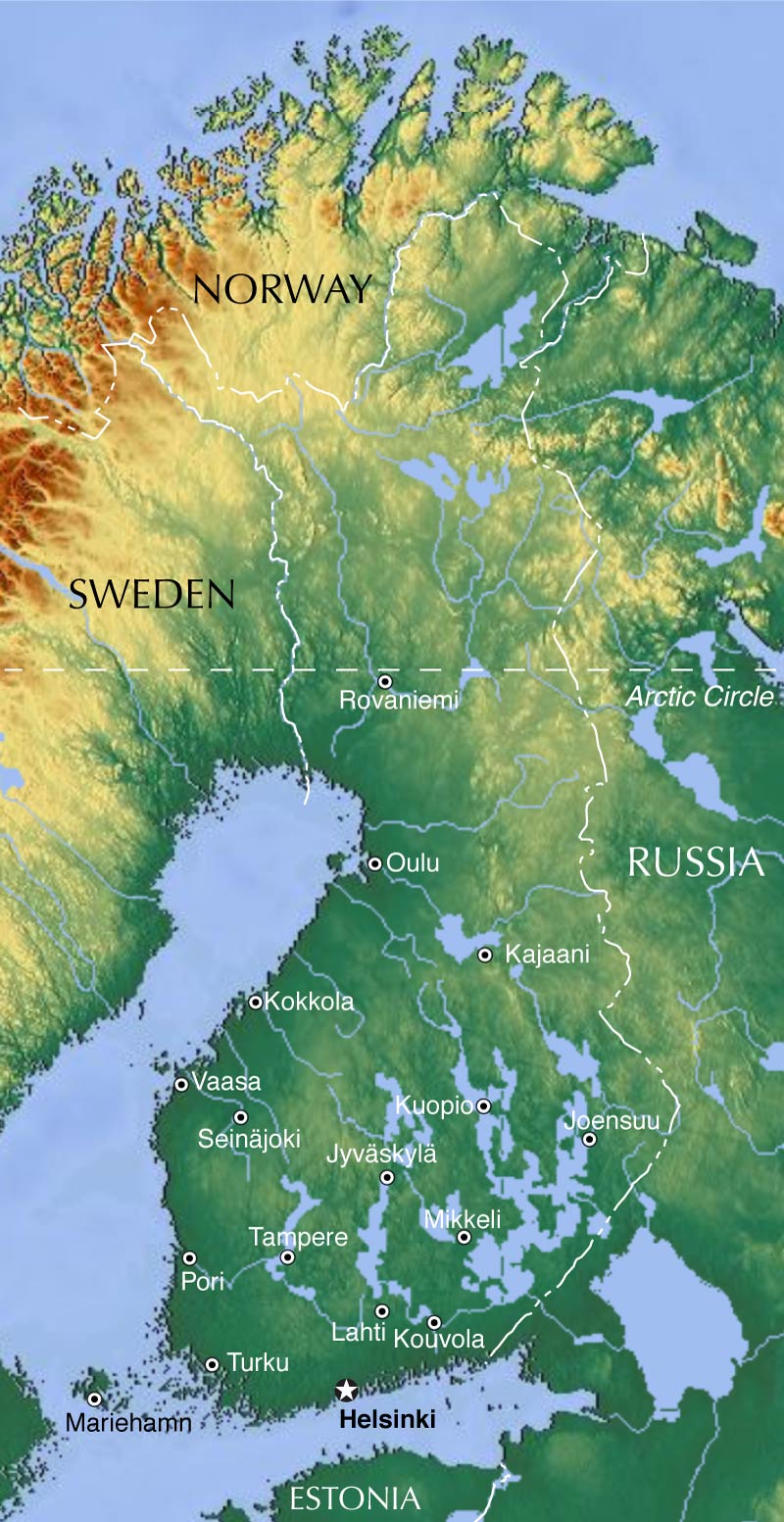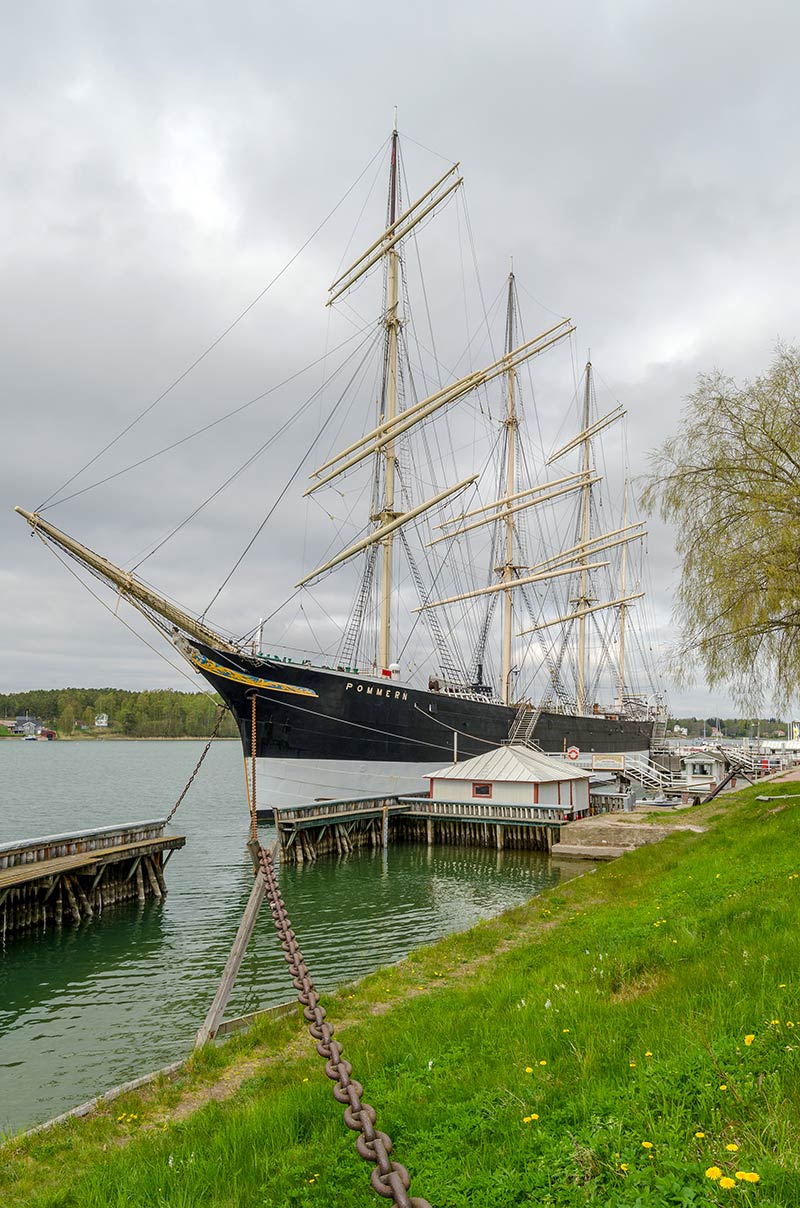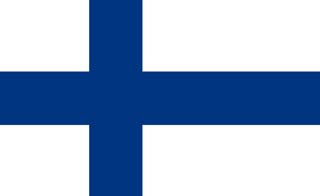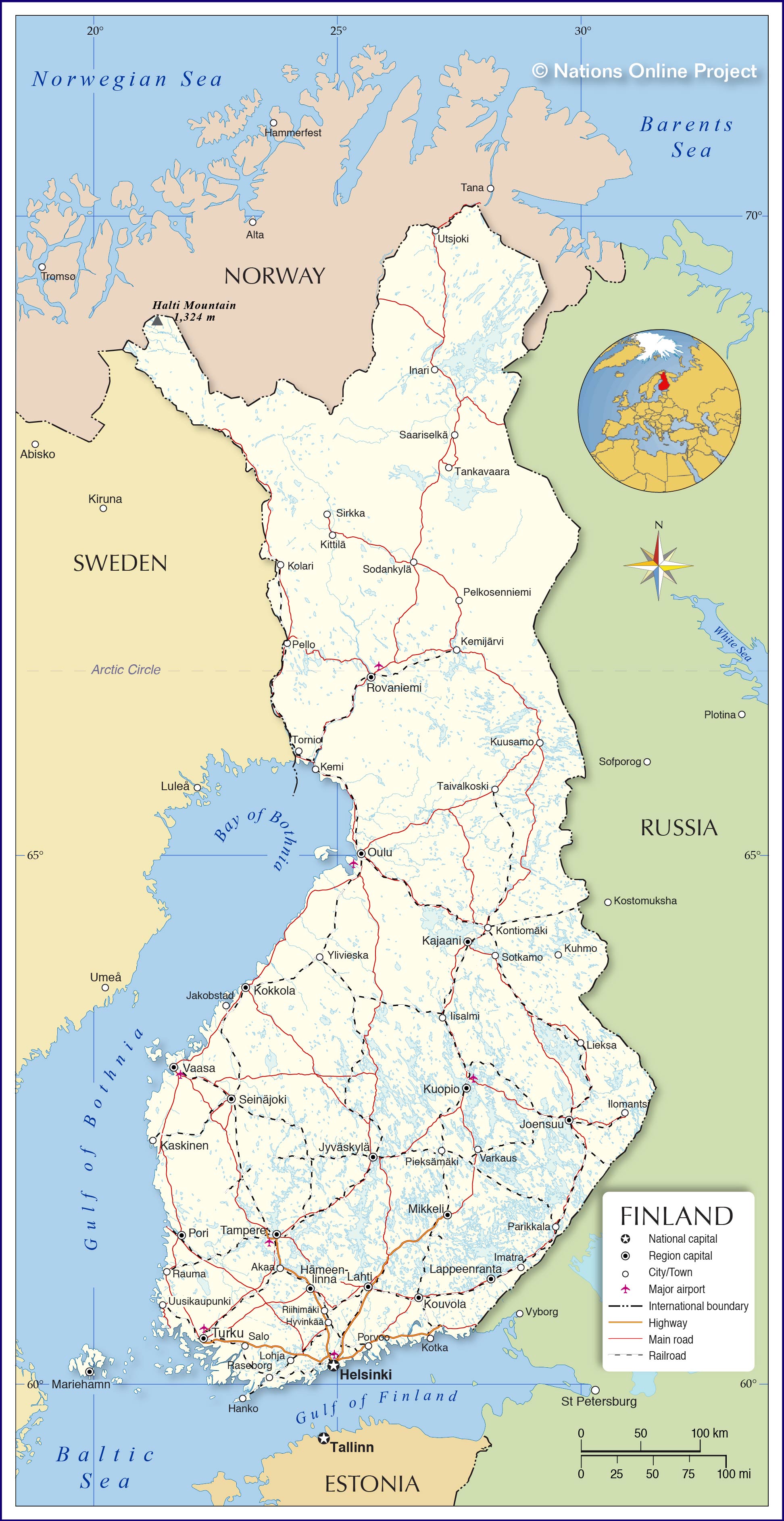About Finland
 Nice topographic Map of Finland (don't use it for navigation).
Nice topographic Map of Finland (don't use it for navigation).
Finland is the northernmost state in the European Union; it is located between
Sweden and
Russia, bordering the
Baltic Sea, the Gulf of Bothnia, and the Gulf of Finland, in the north it borders the tip of
Norway.
The country covers an
area of 338,145 km², making it almost the size of
Germany, or slightly smaller than the US state of
Montana. From north to south the total length of Finland is 1,157 km.
The northern third of the country lies within the Arctic Circle, this part is known as
Upland Finland, one of the four geographic regions of Finland. The other major regions are, the
Archipelago Finland (Archipelago Sea), situated in the southwest is an area with a considerable number of islands and islets. In the central and the southeastern part is the
Finnish lake district, a region with extensive forests interspersed with countless lakes. Along its long coast extends
Coastal Finland with its urban centers and port cities.
The Scandinavian Ice Sheet shaped Finland's mostly flat and low-lying landscape during the Pleistocene (the last ice age). A continental sized ice sheet scoured and abraded the region's surface, eroded mountains and rendered the whole landscape flat. The melting ice has left behind a lot of water, Finland is the proud owner of 188,000 lakes these range in size from small forest ponds to large bodies of water. A labyrinth of lakes suffuses the country, especially in the Finnish lake district, lakes cover about 10% of Finland's area.
The country's territory offers partly hilly lowlands covered with extensive coniferous taiga forests, interspersed by bogs and fens. Finland has rarely cultivated land, 78% is forested. Major rivers are the Kemijoki and the Torne with its tributary the Muonio. Halti Mountain at the border between Norway and Finland is the country's highest point at 1,365 m (4,478 ft).
Finland is the most sparsely populated country in the European Union with a
population of just 5.52 million people (in 2019). About half of the country's residents live in the southern coastal region which has a more pleasant temperate continental climate.
 Museum ship Pommern docked outside Åland Maritime Museum in Mariehamn.
Museum ship Pommern docked outside Åland Maritime Museum in Mariehamn.
Photo: Arild Vågen
is the country's largest city and the capital of Finland, situated in the south of the country in the Uusimaa region on the coast of the Gulf of Finland (Baltic Sea). It is the northernmost capital city of an EU Member State. Helsinki is the third largest city in the Nordic countries after
Stockholm and
Oslo.
The nearby cities of
Espoo and
Vantaa are part of the capital region.
Tampere, the industrial city, is the largest urban center in the Pirkanmaa region and the third largest city in the country.
Oulu with a population of 200,000 people is situated in Northern Finland; it is the northernmost major city in the European Union.
Turku is a seaport on the southwest coast with ferry services from the Port of Turku to Stockholm (Sweden) and the Åland Islands.
Jyväskylä is a university and school town and the largest city in the Finnish lake district, one of Finland's four landscape regions.
Lahti is a city located south of Lake Vesijärvi; it is the capital of the Päijänne Tavastia region. The city is an important industrial location for furniture, textile and glass production.
Vaasa is a port and university town on Finland's west coast on the Gulf of Bothnia. The city is a major center of Finnish-Swedish culture, 30% of its population are Swedish. The city is also a starting point for visiting the
Kvarken Archipelago 
, which is together with the Swedish High Coast a UNESCO World Heritage Site. Wasaline operates a passenger ferry service between Vaasa and Umeå, which is the shortest ferry connection between Finland and Sweden (4 hours).
The map shows the location of following cities, towns:
Akaa, Hanko, Hämeenlinna, Helsinki, Hyvinkää, Iisalmi, Ilomantsi, Imatra, Inari, Jakobstad, Joensuu, Jyväskylä, Kajaani, Kaskinen, Kemi, Kemijärvi, Kittilä, Kokkola, Kolari, Kontiomäki, Kotka, Kouvola, Kuhmo, Kuopio, Kuusamo, Lahti, Lappeenranta, Lieksa, Lohja, Mariehamn, Mikkeli, Oulu, Parikkala, Pelkosenniemi, Pello, Pieksämäki, Pori, Porvoo, Raseborg, Rauma, Riihimäki, Rovaniemi, Saariselkä, Salo, Seinäjoki, Sirkka, Sodankylä, Sotkamo, Taivalkoski, Tampere, Tankavaara, Tornio, Turku, Utsjoki, Uusikaupunki, Vaasa, Varkaus, and Ylivieska.





